While rumors led us to expect a proper flagship from Motorola, we didn’t anticipate that the Motorola Edge Plus would be so full-featured and impressive.
The Motorola Edge Plus is Moto’s first flagship smartphone in nearly half a decade, and with that it deserves a proper comparison to top-tier handsets like the Samsung Galaxy S20 Plus and iPhone 11 Pro Max.
We set out to compare the Motorola Edge Plus vs Samsung Galaxy S20 Plus vs iPhone Pro Max to see how the biggest phones of 2020 size up against each other.
There are a few obvious differences: the Edge Plus and the S20 Plus both run Android, have waterfall display edges, and are 5G phones, whereas the iPhone 11 Pro Max runs iOS, has a flat display, and doesn’t support 5G.
The other differences are more granular, from shape, display, and cameras, to battery recharging capabilities. We’ll go through them all below, divvied up by section.
Just to be clear: there are other phones that could compare favorably to the Motorola Edge Plus, like the OnePlus 8 Pro, but we focused on both Samsung and Apple flagships as more easily-available comparative models.
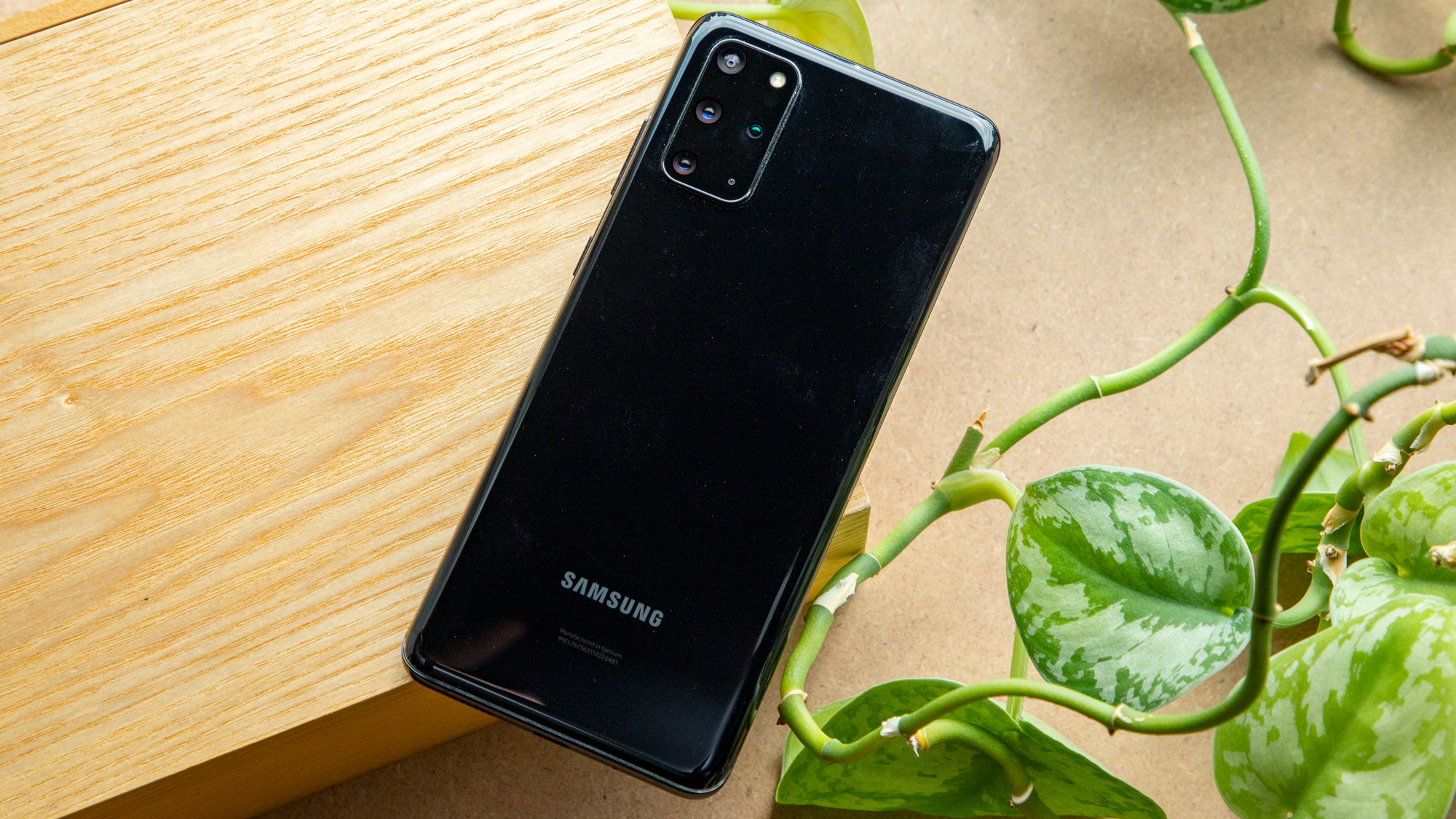
Samsung Galaxy S20 Plus
Motorola Edge Plus vs Samsung Galaxy S20 Plus vs iPhone 11 Pro Max release date and price
The Motorola Edge Plus will cost $999 (around £812 / AU$1,581) when it’s released on May 14 in the US. It will exclusively be available through Verizon in the US, with a global release in select countries: it will be coming to Canada and a handful of EU countries, but not the UK.
The Samsung Galaxy S20 Plus launched in March 2020, and is available now starting at $1,199 / £999 / AU$1,649 for 128GB of storage and 12GB of RAM. To upgrade to 512GB of storage, expect to pay $1,299 / £1,099 / AU$1,899 – and Australian consumers only will be able to pick up a 4G version with 8GB of RAM for AU$1,499.
The iPhone 11 Pro Max launched in September 2019, and is available starting at $1,099 / £1,149 / AU$1,899 for the 64GB model. You can upgrade that to 256GB for 1,249 / £1,299 / AU$2,149, or go all the way up to 512GB of storage for $1,449 / £1,499 / AU$2,499.
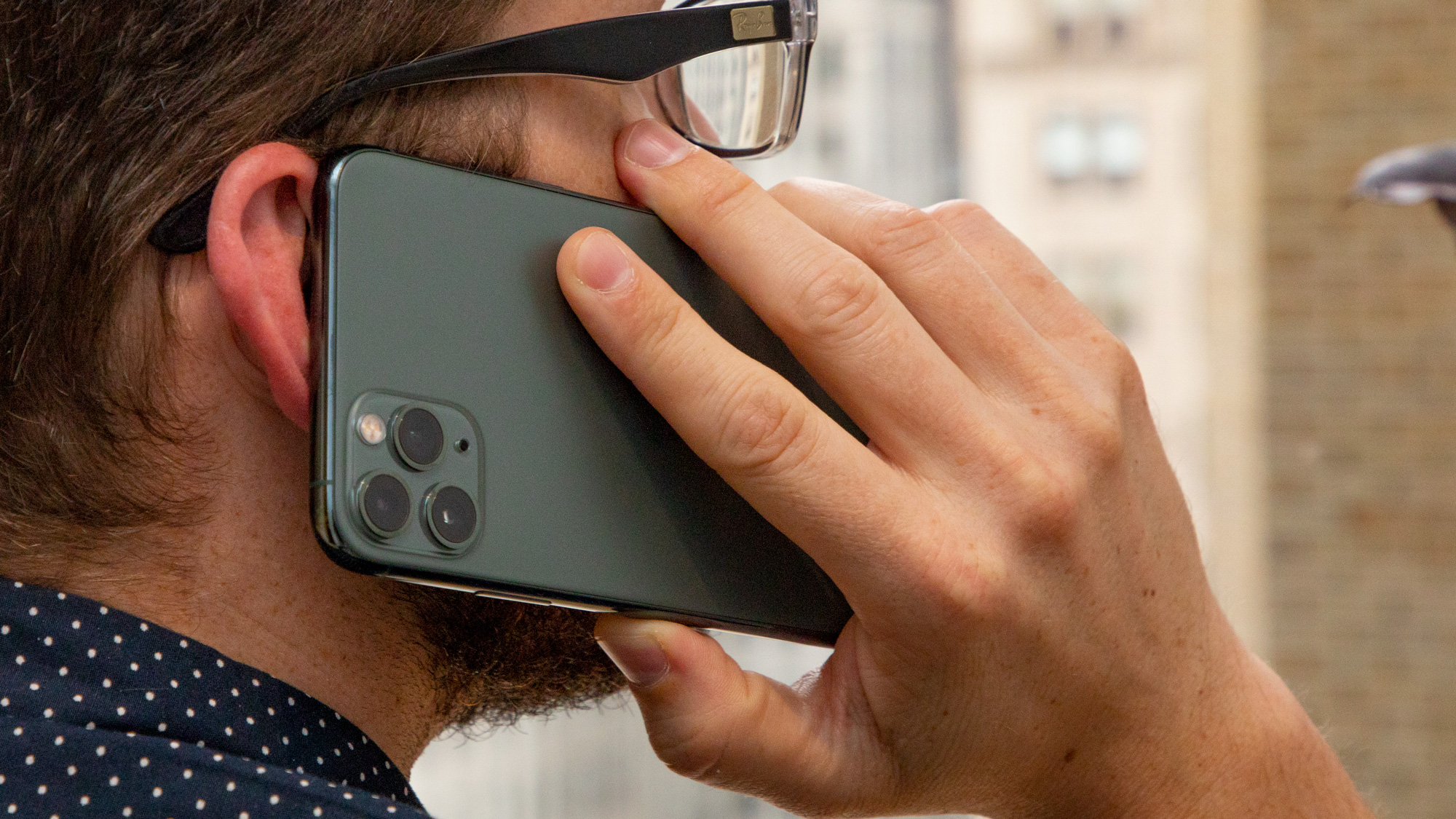
Design
All three phones in this comparison have a similar level of flagship polish: glass OLED displays and glass rears sandwiching metal frames (aluminum for the Motorola and Samsung phones, stainless steel or the iPhone).
The phones fall into two design camps: the Android 10 handsets have waterfall edges with curved displays, while the iOS 13-packing iPhone has a flat screen and rounded edges.
The Motorola Edge Plus is a shade smaller than the Samsung Galaxy S20 at 161mm tall and 71mm wide, but it feels bigger thanks to its 9.6mm thickness (for comparison: the Galaxy S20 Plus is 7.8mm thick; the iPhone 11 Pro Max is 8.1mm). Its rear cameras are vertically aligned in a block on the left side.
Otherwise, the Edge Plus has a lock button on the right side and a volume rocker above it – placed uncomfortably high, in our opinion. But there’s no arguing with the 3.5mm headphone jack on the top edge of the phone.
The Samsung Galaxy S20 Plus is the largest yet lightest of the phones, with a lock button on the right side and volume rocker above it. Notably missing: a Bixby button. The rear camera block is quite a block – a rectangle with a quartet of lenses, sensors, and a flash.
The iPhone 11 Pro Max is the smallest of the bunch, and yet still the heaviest at 226g. It also has the largest notch, carving out a wide chunk of the top of the display compared to the punch-holes in the Edge Plus and Galaxy S20 Plus.
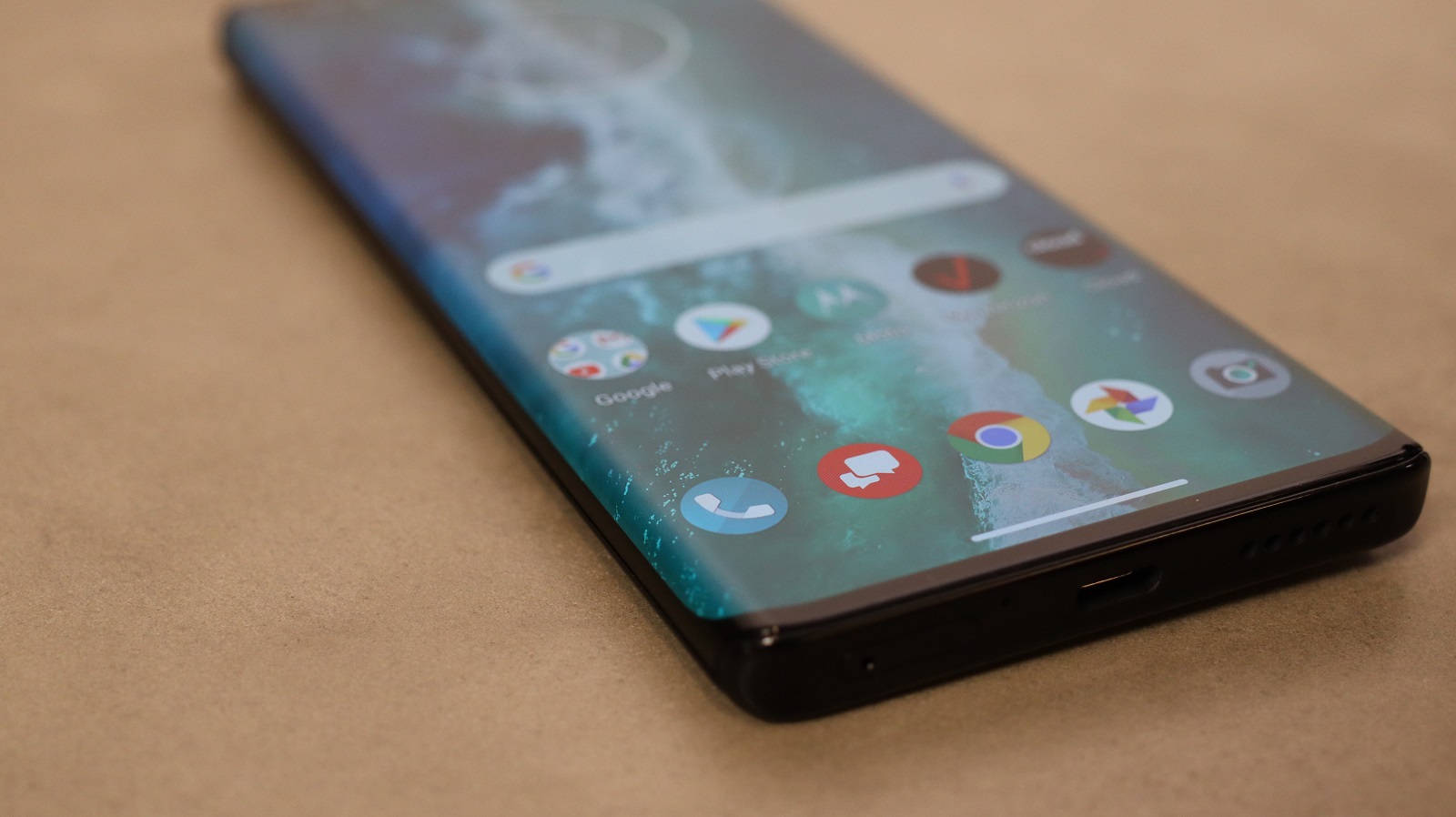
Display
The Motorola Edge Plus has a 6.7-inch OLED display, which is narrow with a 21:9 ratio. Its FHD+ (2340 x 1080 pixels) resolution is lower than the others, but it’s just perfectly fine if you’re playing games and binging Netflix. Its maximum 90Hz refresh rate makes navigating apps and browsing the internet a smoother experience. The punch-hole enclosing its selfie camera is in the top-left of the display.
The Samsung Galaxy S20 Plus has the sharpest display of the bunch, with a 6.7-inch AMOLED screen with a WQHD+ (3200 x 1440 pixels) resolution. Its 20:9 ratio is a bit more squat than the Edge Plus. The S20 Plus can bump its refresh rate up to a maximum of 120Hz, which is even smoother than the Edge Plus, though it can only do that if you dip the resolution down to FHD (2400 x 1080). Its punch-hole is in the top center of the screen.
The iPhone 11 Pro Max packs a 6.5-inch OLED display, and while it’s not as sharp as the others here, its 2688x1242 resolution is sharper than that on the Edge Plus. Its 19.5:9 ratio makes it a bit wider than the others on this list – and truth be told, it makes the phone harder to use one-handed than the others on this list.
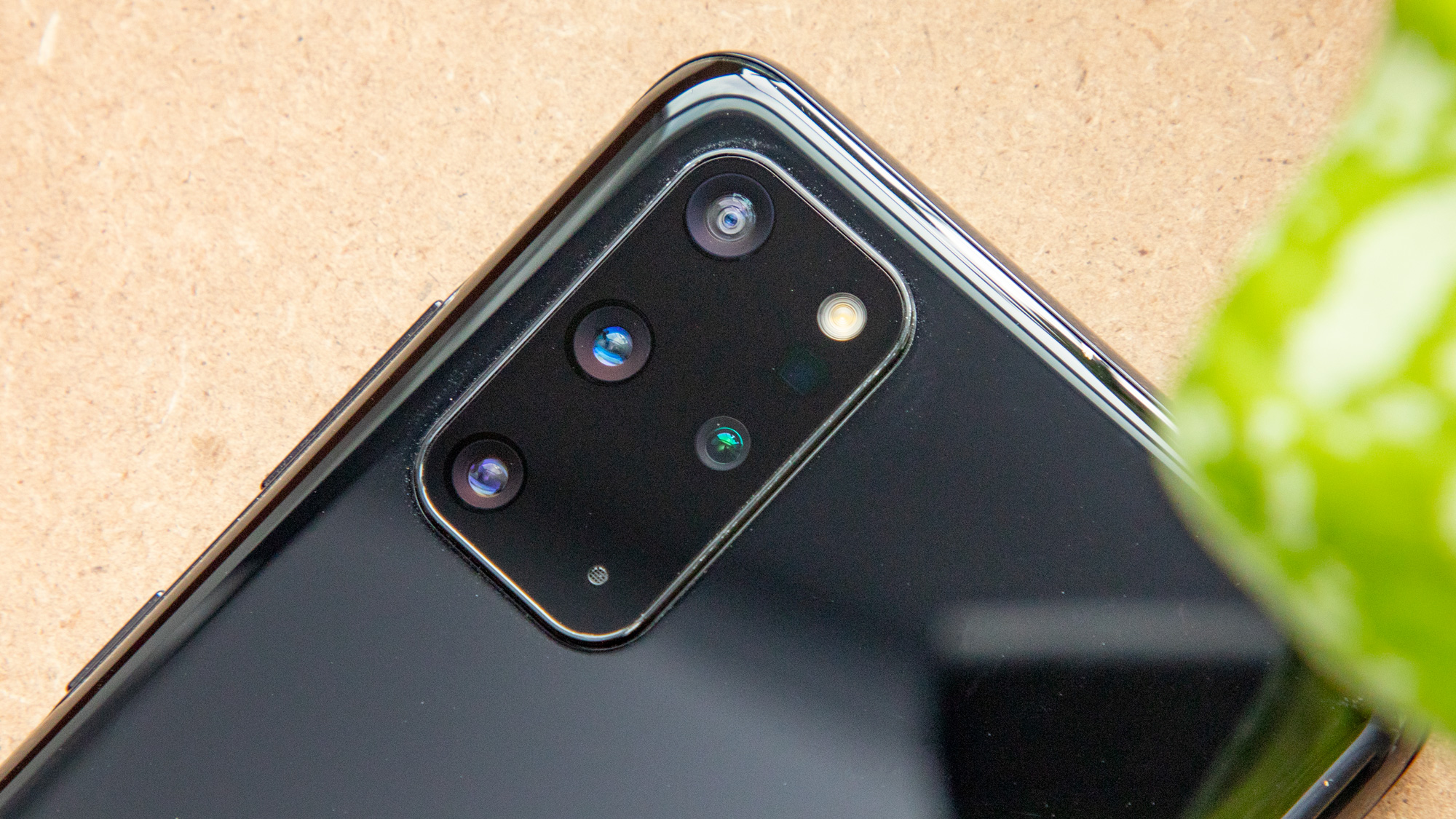
Cameras
To put it bluntly, all three phones have the same trio of rear cameras: main, ultrawide, and telephoto, plus a front-facing selfie camera.
The Motorola Edge Plus has a trio of rear cameras topped by a 108MP main shooter, which is capable of ‘pixel binning’ to double its effective pixel size from 0.8 microns to 1.6 microns, letting in more light. Combined with a 3x optical 8MP telephoto camera and 16MP ultrawide camera, as well as a time-of-flight sensor for depth, the Edge Plus has an impressive array. Its 25MP front-facing camera has the highest megapixel count of the three phones here.
The Samsung Galaxy S20 Plus, on the other hand, has a 12MP main camera and a 12MP ultrawide camera, but the star of the show is the 64MP telephoto with 3x optical zoom. It’s capable of up to 30x digital zoom, which is blurry at the extreme but has remarkable sharpness at 10x or even 20x.
The other big S20 Plus feature: 8K 24fps video. Its 10MP selfie camera works fine, though it’s not as sharp as the others.
The iPhone 11 Pro Max has the lowest megapixel count with a 12MP main camera, 12MP 2x optical telephoto and a 12MP ultrawide camera. While its software makes the difference and keeps the phone toward the top of our best cameraphones list, there are still limitations, maxing out at 10x optical zoom. The dual 12MP front-facing cameras work well, especially for portrait selfies.
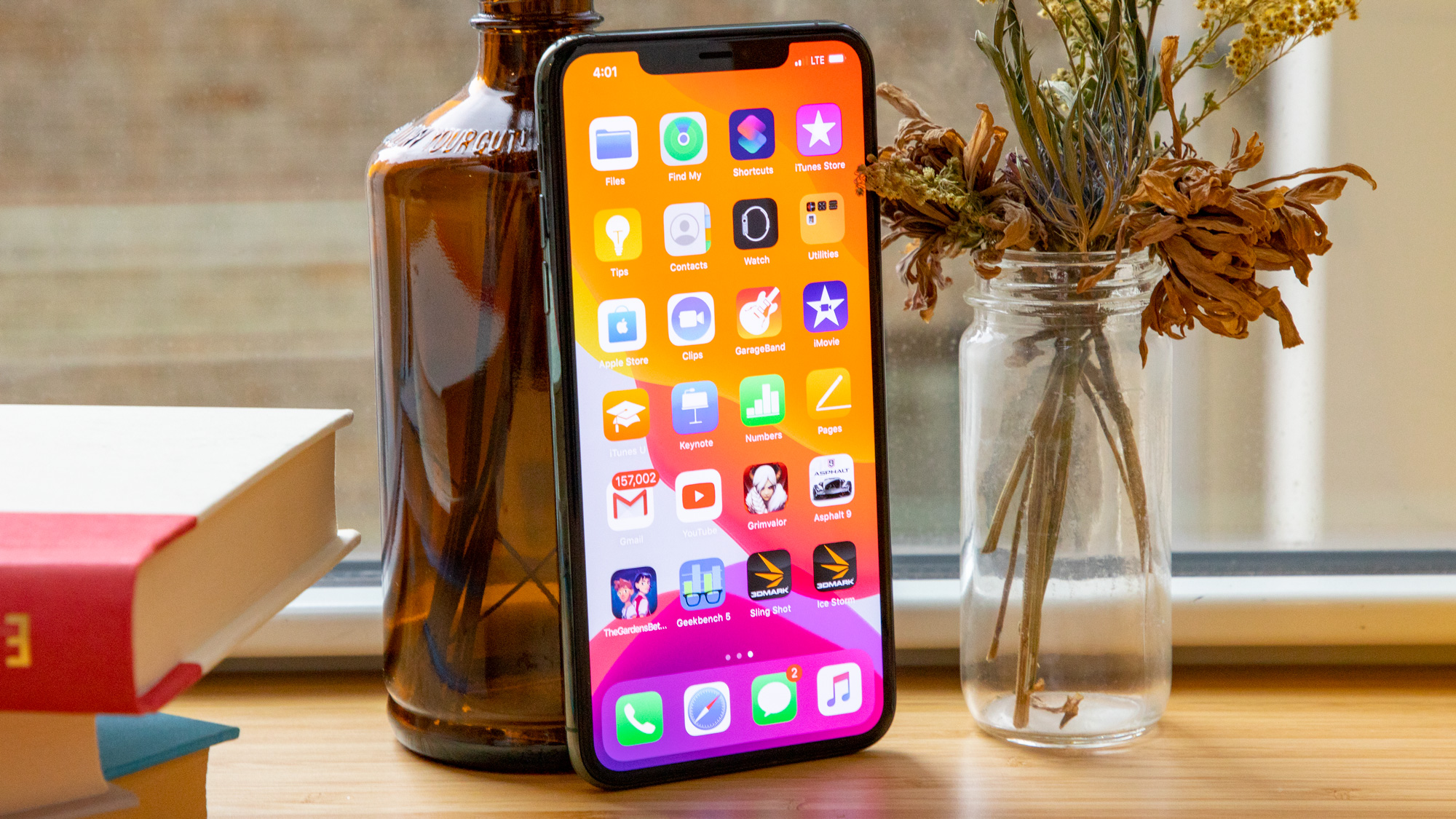
Performance and battery
All three phones have top-tier specs, so none will feel underpowered. The difference mostly lies in onboard storage.
The Motorola Edge Plus packs a Snapdragon 865 chipset and 12GB of RAM alongside 256GB of storage. That’s the only model it comes in, though it should suit most consumers – and for its one-size-suits-all pricetag, it comes in cheaper than other other phones on its list for its storage and RAM complement.
The Samsung Galaxy S20 Plus packs a Snapdragon 865 in the US and an Exynos 990 in the UK, with 12GB of RAM and either 128GB or 512GB of storage. That can be expanded up to 1TB via microSD.
The iPhone 11 Pro Max packs an A13 Bionic chipset and 4GB of RAM. Its storage selections aren’t so generous: the starting 64GB is pretty inadequate by today’s standards, so it’ll cost extra to get up to 256GB or 512GB.
Battery-wise, these three phones all last over a day, though we’ve found the Android-powered handsets last a bit longer. All support wireless charging, though the Edge Plus and Galaxy S20 also do reverse wireless charging, too.
The Motorola Edge Plus packs the biggest by capacity with a 5,000mAh battery, though its 15W maximum USB-C charging is a bit disappointing. The Samsung Galaxy S20 Plus has a 4,500mAh capacity, coming with a 25W USB-C charger in-box but can support an optional 45W charger, too. The iPhone 11 Pro Max has a 3,969mAh battery and charges up to 18W on its in-box Lightning charger.

Conclusion
All three handsets are large-sized powerhouses, and accordingly, have the highest pricetags for phones with the exception of foldable phones. None are necessarily superior to the other, but in certain categories, one might have the edge over another (sorry, we couldn’t resist).
For instance, the Motorola Edge Plus is the most affordable of the bunch, and is 5G-capable, too. The Samsung Galaxy S20 Plus has the best display. The iPhone 11 Pro Max takes the best depth photos for your portrait shots.
But you’ll likely be happy with any of these phones if you’re paying for this level of premium device. Hopefully after sifting through this guide, you’ve found enough differences to decide which features you want and which you can’t live without.
- Best phones: how these handsets stack up against he best of the best
from TechRadar - All the latest technology news https://ift.tt/3cOO79X
Comments
Post a Comment